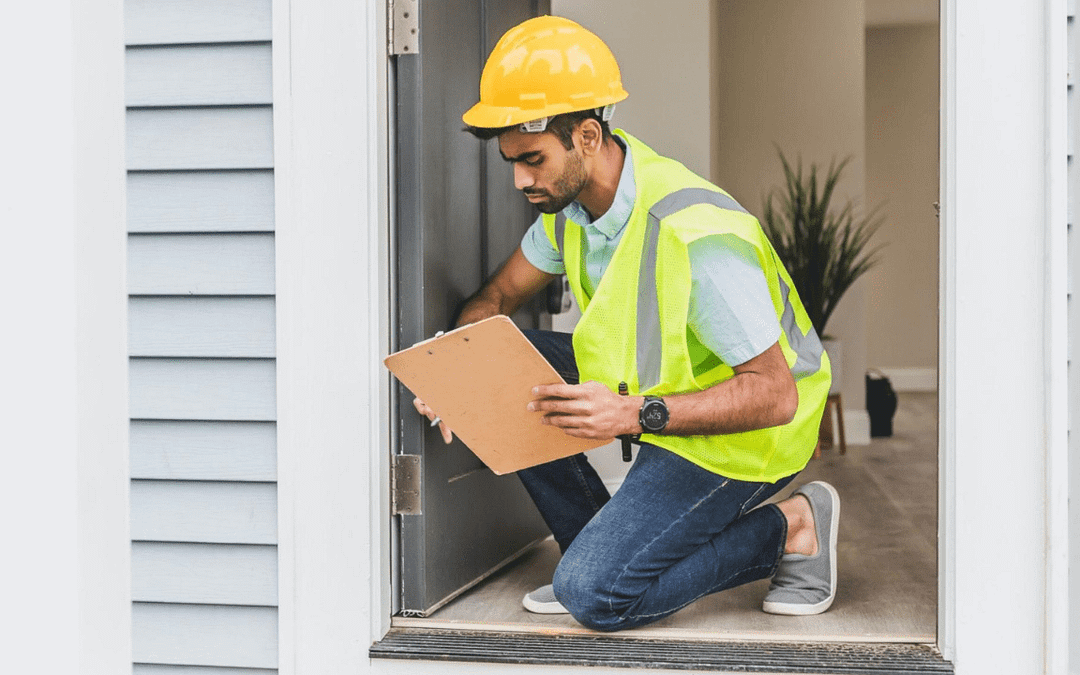
Post-Remediation Mold Testing: Ensuring Safety & Quality
Welcome, homeowners, property managers, facility maintainers, and all those invested in maintaining healthy living and working environments! If you’ve recently dealt with mold issues in your property, you understand the importance of ensuring clean air and preventing future mold growth. One crucial step in this process is post-remediation mold testing.
What is Post-Remediation Mold Testing?
After mold remediation, whether it’s in your home, office, or vehicle, post-remediation mold testing becomes vital. This testing evaluates whether the remediation efforts were successful in eliminating mold and restoring clean air quality. It’s like a final check-up to ensure your environment is truly mold-free.
 Why is Post-Remediation Mold Testing Important?
Why is Post-Remediation Mold Testing Important?
Here’s why it matters more than you might think:
- Verifies Effectiveness: It confirms whether the mold remediation process was successful in removing all traces of mold from your property.
- Ensures Clean Air: Mold spores can linger in the air even after remediation. Testing ensures that the air you breathe is free from harmful mold particles.
- Prevents Recurrence: Identifying any remaining mold helps in taking corrective measures to prevent its recurrence, saving you from future headaches and expenses.
- Maintains Health: Mold exposure can lead to various health issues, including allergies, respiratory problems, and even neurological symptoms. Testing ensures a healthy environment for you, your family, or your occupants.
Guidelines for Post-Remediation Mold Testing
To ensure accurate and reliable results, follow these guidelines:
- Timing: Conduct testing after sufficient time has passed since remediation. This allows any remaining mold spores to become airborne, making them detectable during testing.
- Qualified Professionals: Hire experienced mold testing professionals who use industry-standard methods and equipment for accurate assessments.
- Comprehensive Testing: Test both the air and surfaces for mold presence. Air sampling helps evaluate airborne spore levels, while surface sampling identifies any remaining mold growth.
- Documentation: Keep thorough records of pre- and post-remediation testing results. This documentation is valuable for insurance claims, property resale, and future reference.
Benefits of Post-Remediation Mold Testing
- Investing in post-remediation mold testing offers numerous benefits:
- Peace of Mind: Knowing that your property is truly mold-free provides peace of mind for you and your occupants.
- Health Protection: Ensures a healthy indoor environment, reducing the risk of mold-related health issues.
- Property Value: Maintaining a mold-free environment preserves property value and enhances marketability.
- Regulatory Compliance: Meets regulatory requirements and ensures your property passes inspections with flying colors.
Who Needs Post-Remediation Mold Testing?
Wondering if it is necessary for you? Consider these scenarios:
- Recent Mold Remediation: If you’ve recently undergone mold remediation, testing ensures the effectiveness of the process.
- Property Maintenance: For property owners/managers, regular testing ensures ongoing maintenance and compliance with health and safety standards.
- Construction/Remodeling Projects: After construction or renovation, testing ensures that newly finished spaces are free from mold contamination.
- Health-Conscious Individuals: Individuals concerned about indoor air quality and its impact on health benefit from regular testing to maintain a healthy living environment.
- Insurance Requirements: Some insurance policies may require post-remediation testing to validate claims related to mold damage.
 Choosing the Right Testing Service
Choosing the Right Testing Service
When selecting a post-remediation service, consider the following:
- Experience: Look for experienced professionals with a track record of successful testing and remediation projects.
- Certifications: Ensure the testing company is certified and follows industry standards and guidelines.
- Comprehensive Services: Choose a company that offers comprehensive testing services, including air and surface sampling, to ensure thorough assessments.
- Customer Reviews: Check customer reviews and testimonials to gauge the quality of service and customer satisfaction.
Conclusion
Post-remediation mold testing is a crucial step in ensuring clean air and a healthy living or working environment. By following guidelines, investing in professional testing services, and prioritizing indoor air quality, you can safeguard your property, health, and investments from the harmful effects of mold contamination. Don’t underestimate the importance of post-remediation mold testing—it’s the final step towards peace of mind and a mold-free environment.
Remember, your health and well-being come first, and clean air is essential for a happy and healthy life. Invest today and breathe easy knowing your environment is truly mold-free.
For more information or to schedule post-remediation mold testing for your property, contact us today!

 Why is Post-Remediation Mold Testing Important?
Why is Post-Remediation Mold Testing Important? Choosing the Right Testing Service
Choosing the Right Testing Service







